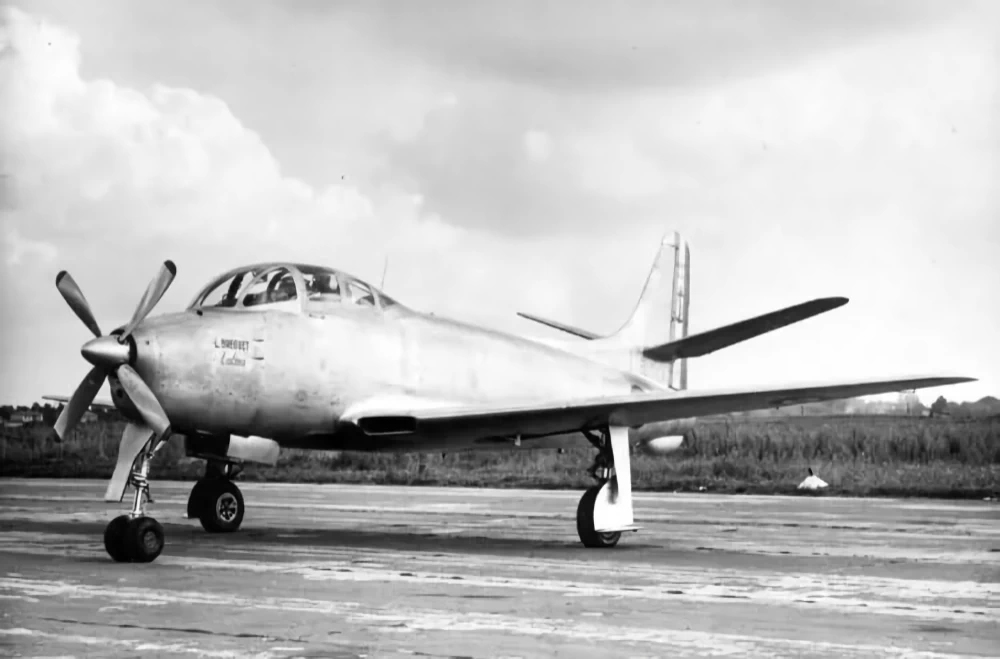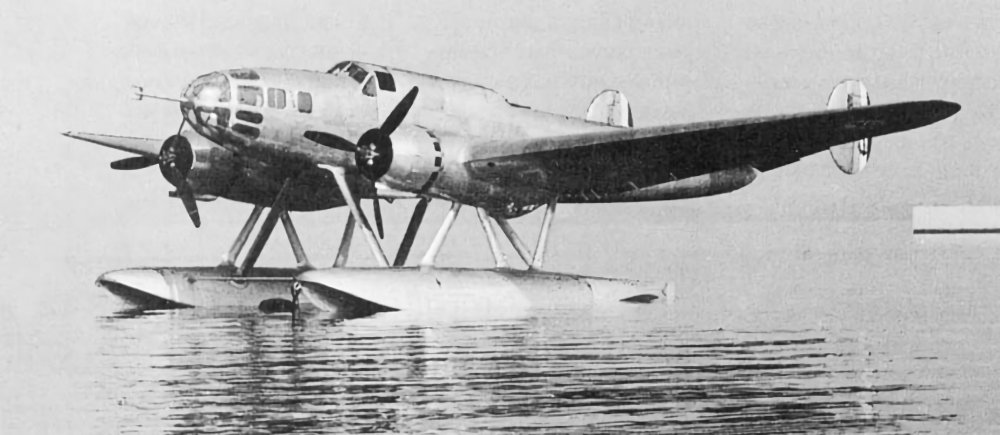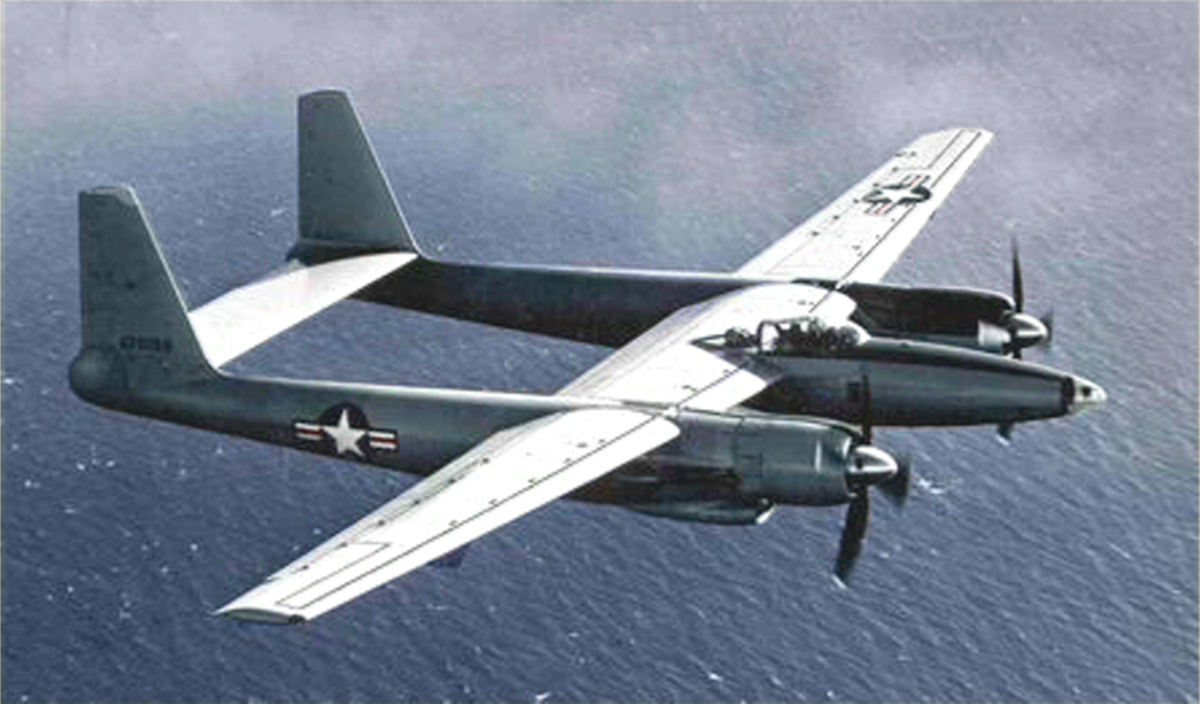Tag: Air Force
-
Bréguet Br 960 Vultur

Bréguet Br 960 Vultur First flying on 4 August 1951, the Bréguet Br 960 Vultur was a two-seat carrier-based attack and anti-submarine aircraft (ASW) built for the French Navy (Marine Nationale). Designed as a mix-powered aircraft, it had an Armstrong Siddeley Mamba 970-shaft-horsepower (720 kW) turboprop in the nose with a Rolls-Royce Nene turbojet 21.6-kn (4,900… Read more
-
Bloch MB.480 Floatplane

Bloch MB.480 Floatplane Designed as a twin-engined torpedo-bomber/reconnaissance floatplane for the French Navy, the Bloch MB.480 first flew in June 1939. Although testing was successfully completed, the Navy had decided to use landplanes for its intended role. The navy placed an order for 68 of the much faster Lioré et Olivier LeO 451 although none… Read more
-
Hughes XF-11 Reconnaissance Aircraft

Hughes XF-11 The Hughes XF-11 was a prototype reconnaissance aircraft designed for the United States Army Air Forces (USAAF). Although 100 aircraft were ordered in 1943, the program was delayed beyond the end of the Second World War, rendering it surplus to the USAAF needs and it was cancelled. The first of two prototypes (serial… Read more